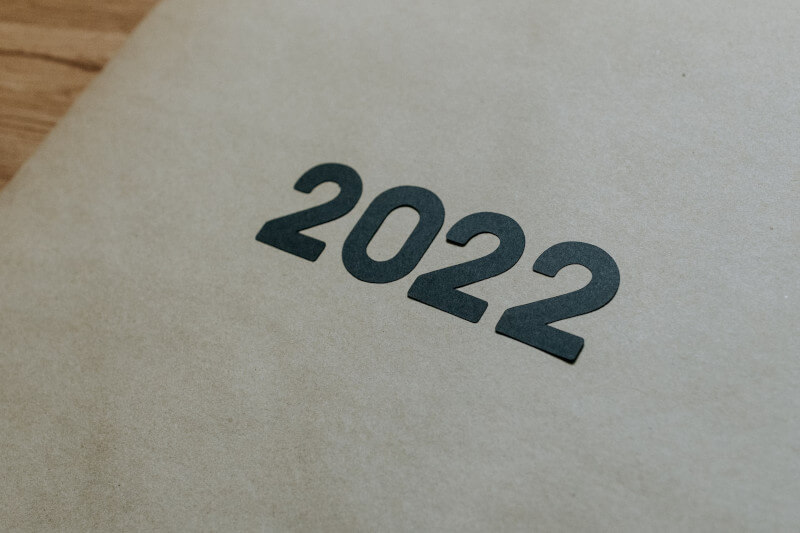Reflecting Back on 2022
The majority of the world is still dealing with persistently high inflation, forceful increases in interest rates, and international tensions caused by the war in Ukraine as 2022 comes to an end. Some of these occurrences could have been predicted, while others were less likely to be. In the year 2022, investors have learned that it is completely feasible to lose money when investing in successful companies; however, this only occurs when the investor overpays for the investment.
When one considers the start of the year, the majority of people did not yet have a clear idea of where they thought worldwide interest rates would go. The general opinion was that they would climb higher, but only a handful of people anticipated that they would climb as high as they have so quickly. Nevertheless, this is exactly what has happened.
At the start of the year, our perspective was that inflation would be significantly more persistent than what was anticipated at the time, and the logical consequence of this was that interest rates would surprise the upside.
When there is an increase in the level of interest rates, valuations become a significantly more important factor. When growth comes into focus, fears about recessions begin to develop, and then stock prices begin to depreciate in line with the increased threats in the macro environment, and the cycle continues.
It should not have come as a surprise that the counters that experienced stress in 2022 were high-duration, high-growth stocks or stocks that price in increased levels of expansion for a very lengthy period of time. Companies in the technology sector typically fit this profile because of their high-profit margins. They were valued as if they would be able to maintain those profit margins and growth rates for a very long time, but over the course of the most recent few months, these companies have begun to sell off their shares.

One important takeaway from this is that a successful business does not necessarily translate into a successful investment and vice versa. There isn’t a single one of these technology firms that runs a terrible business, but as investments, they might not be the best choice right now given the market conditions. There will inevitably come a time when conditions will return to normal and market values for these counters will once again become appealing.
Because of our perspective on ongoing inflation and increasing interest rates, we maintained a wariness toward bonds issued by developed market economies. Despite the pandemic, we thought that the returns on such bonds were quite low, and that, in essence, there was nowhere else for them to go but up from there. The year 2022 was a particularly difficult one for investors due to the significant declines in value seen across the developed market bond and equity markets throughout the year. As a result, the success of offshore portfolios was negatively impacted.
China was yet another significant factor influencing market activity throughout the year 2022. Because China plays such an important role as a consumer in the global economy, the state of the Chinese economy is of critical importance to countries that are major producers of commodities such as South Africa.
Even though the growth coming out of China is slower than what we have become accustomed to over the past 20 years, it is still relatively high in comparison to the growth coming out of the world’s other economies. In addition, there are supply-side constraints have been in place, which has been the primary factor contributing to the rise in commodity prices. The impact of this on South African capital, and in particular on our mining stocks, has been favorable.
Thinking Forwards Into 2023
When we look to the future of 2023, we would be focusing a lot of attention on the margins of the company. As the capital costs rise (that is, as interest rates rise), we anticipated a decline in margins for the companies in question; at that point, public opinion will begin to turn even more adversely toward them. Even though we have already witnessed some of those begin to come through, margins are still quite a bit higher than we believe they will be in an environment characterized by an economic downturn.
Next year, we anticipate that the interest rates in the United States will reach their maximum level, which will result in intriguing investment opportunities. Although it is not entirely obvious whether we have reached the bottom of the market just yet, we are starting to see more and more quality companies trading at appealing ratings.

Furthermore, we anticipate that more conservative types of investments will once again begin to contribute to portfolios beginning in the year 2023. In an environment with higher interest rates, bonds and cash once again have a supportive contribution to make in a diversified portfolio’s overall composition. Clients who employ these strategies will benefit positively from this development.
In our opinion, another major trend that will dominate 2023 is the weakening of the dollar and the effect that this trend will have on various asset classes and portfolios. In our opinion, the current strength of the dollar is unsustainable, and there is a possibility that it will decline shortly. This will lead to a more stable rand, and as a consequence, our bonds and South African companies that are incorporated will respond favorably to this change.
In conclusion, one must maintain a pragmatic outlook regarding the unpredictability of the current political climate around the world. To situate a portfolio in such a way that it will not be affected by political upheaval is to act in a foolhardy manner. In particular, over the short term, where attitude can have an impact on asset prices, we believe politics will proceed to have a significant impact. Prepare yourself for a surprise!




